The official first day of Spring 2025 is March 20. Meteorologists recognize the first day of spring on March 1 because meteorological seasons are based on monthly temperatures – March, April and May are the three spring months that precede the three warmest months of the year. Even though Spring is probably a different span of dates for us birders, let’s focus on what birds are returning to Seabrook Island in the spring.
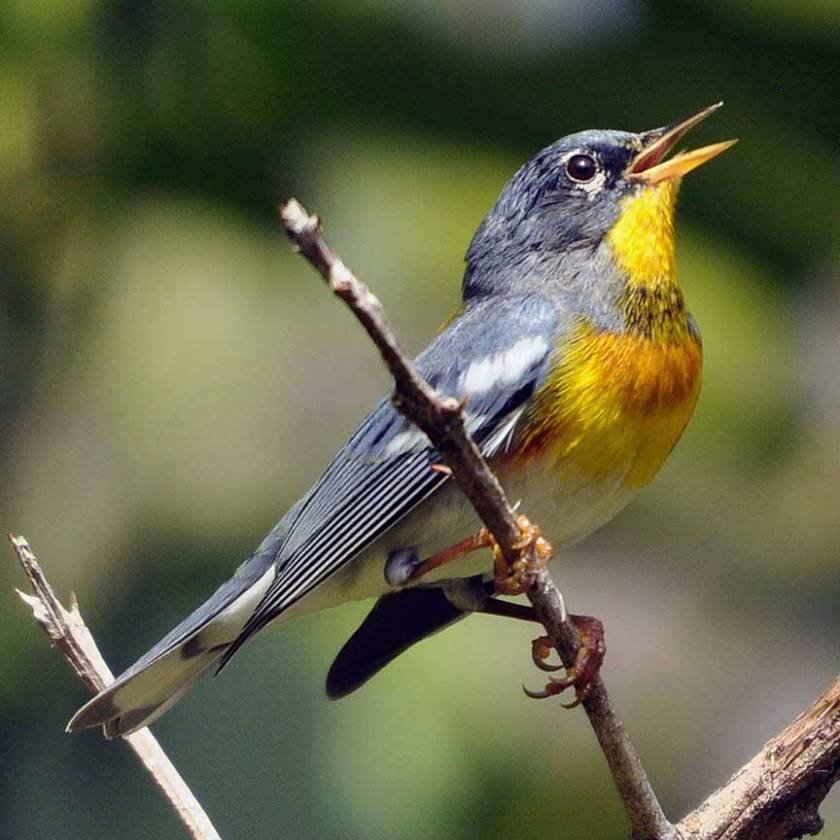
Northern Parula are one of the first birds that comes to mind when thinking of spring. You may have already seen your “first of the season” Northern Parula as they begin arriving in early March. When I hear their rising buzzing trill with a final sharp note, I know to look up into the trees. These small birds have gorgeous colors that also remind me of spring clothes from my childhood.
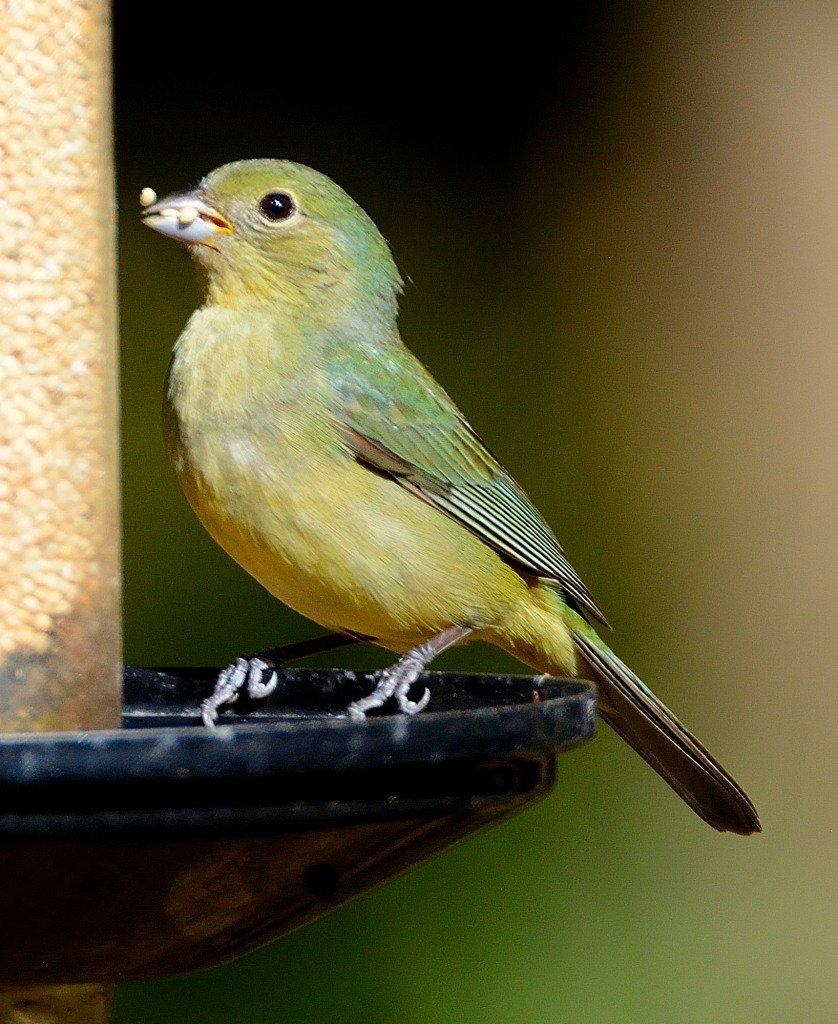
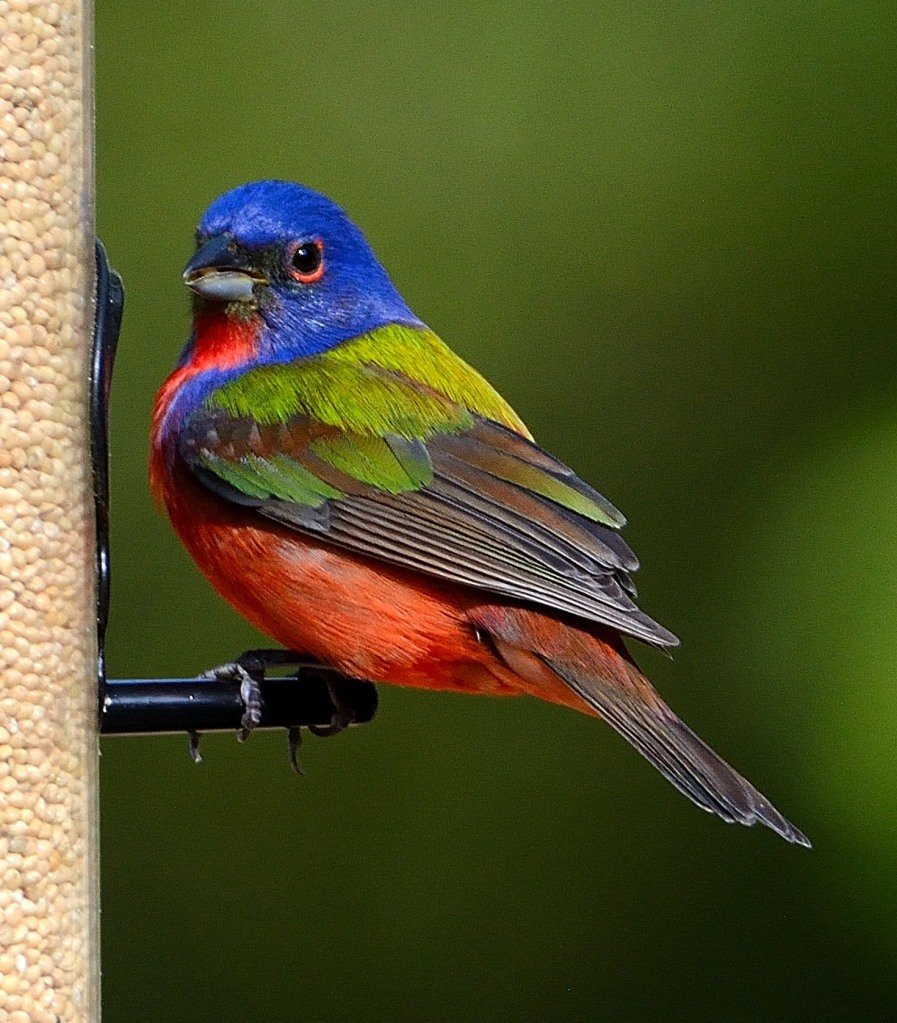
On Seabrook Island, most Painted Buntings leave for the winter and return in mid-April. It’s a sure sign of spring when the colorful males and green females are seen at my millet feeder or along Boardwalk 1.
Orchard Orioles arrive around the first of April. Their brown tones are more reminiscent of fall but their peak sightings are in May and are gone by mid-August.
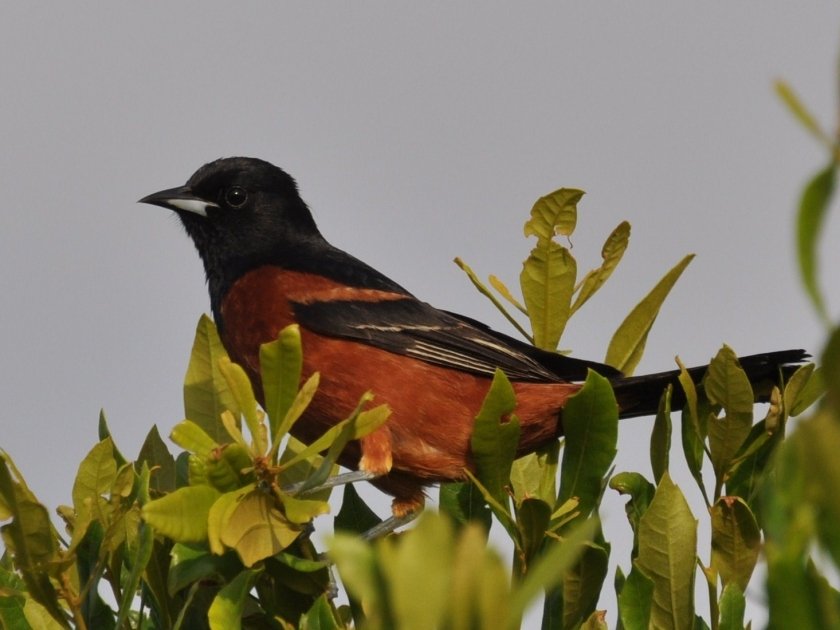
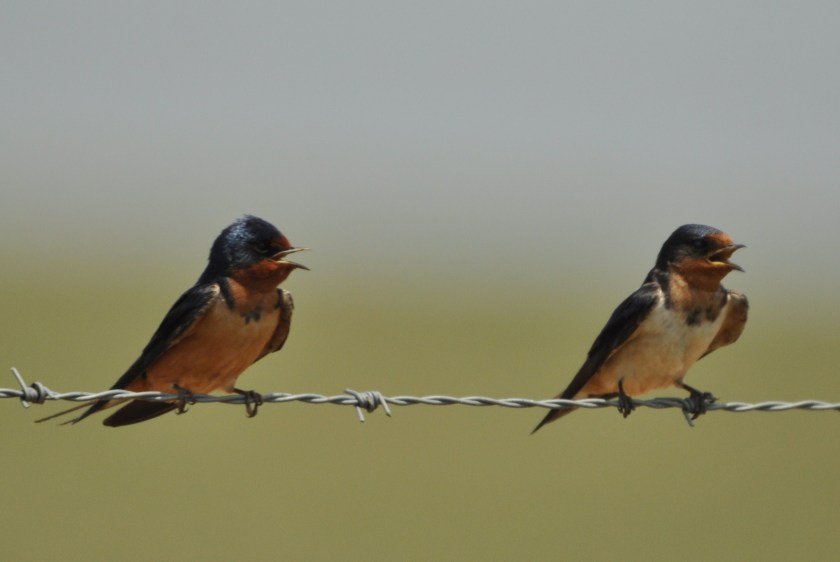
Barn Swallows return in early March. Their orange underside is easy to distinguish from the white of a Tree Swallow that has been here all winter. I always look for the Barn Swallows not only at the Equestrian Center but also nesting under the Crab Dock.
When I first started birding, the Great Crested Flycatcher’s rising whistle was on of the first calls I learned. Then I learned I’d likely have to look high in the trees to see it, unless you were lucky enough to see it nesting along the golf course as we did a few years ago. My first report of a Great Crested Flycatcher each year on Seabrook Island is between March 28 and April 16.
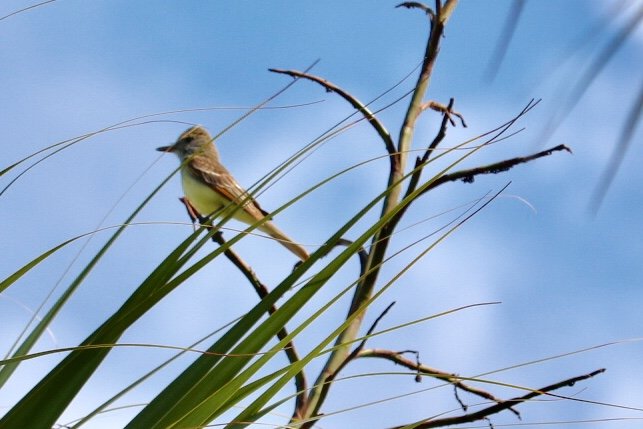
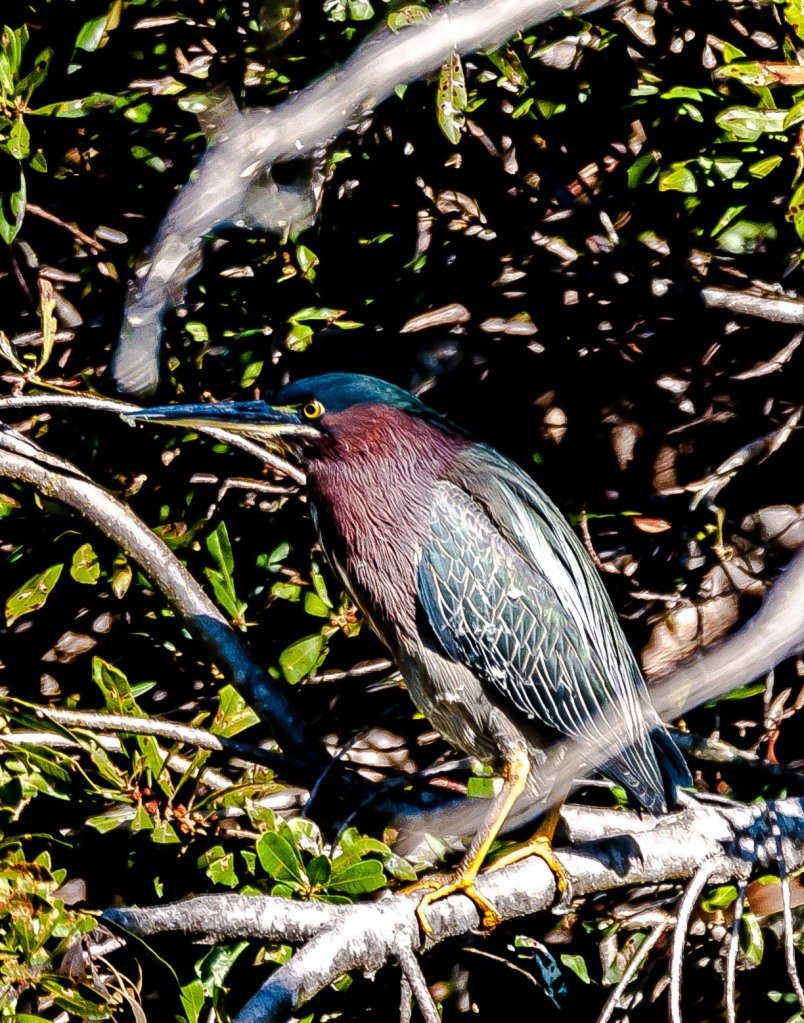
Green Herons are a marsh bird I look for each spring. Like the Painted Buntings, a few winter over here. We can expect to see them in significant numbers from mid-March through the nesting season until mid-October.
Red-eyed Vireo with their distinctive eye-brow are seen most frequently in the spring and fall but are here through-out the summer….maybe it’s because we don’t bird as often in the summer or maybe it’s because they are high up in the canopy. Allaboutbirds says their brief but incessant songs—sometimes more than 20,000 per day by a single male.
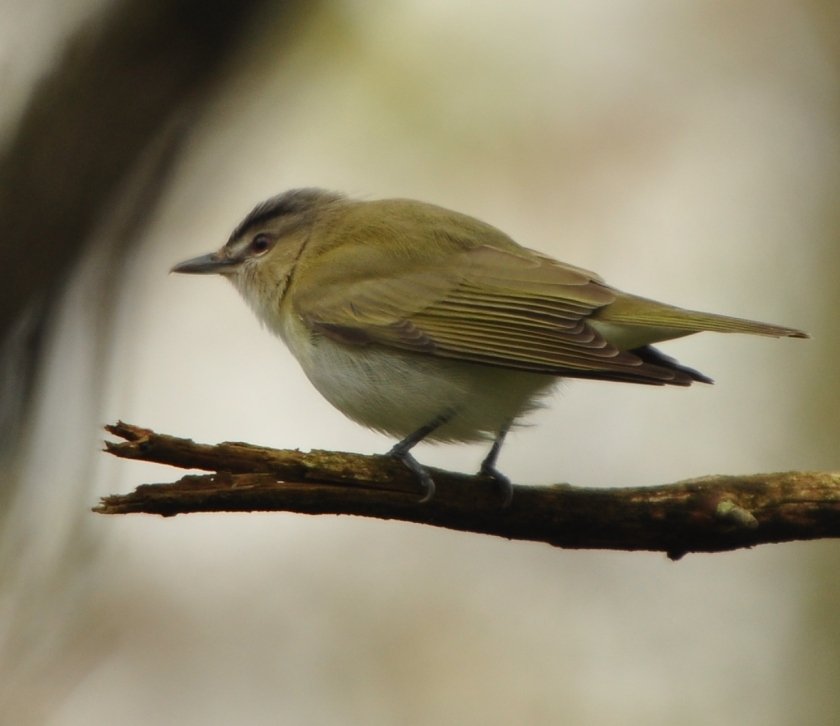
Unless noted otherwise, the arrival and departure dates of these spring friends was determined by checking with eBird for Charleston county.
There are many more birds that begin arriving in spring but are more commonly thought of for summer….so look for that list on the official first day of summer.
Submitted by: Judy Morr
Photos by: Jackie Brooks, Ed Konrad, Charlie Moore and Dean Morr
